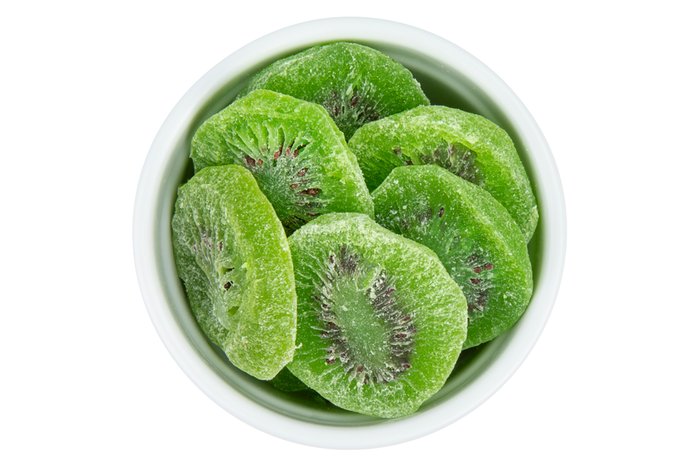Study Flavor: Discovering What Do Kiwis Taste Like
Wiki Article
A Deep Dive Into Kiwi Growing: Revealing the Methods, Challenges, and Possible for Lasting Farming
In this short article, we will take you on a deep dive into the methods, difficulties, and capacity for sustainable farming in the world of kiwis. Discover the optimal growing conditions, sophisticated growing methods, and the sustainable methods that can unlock the complete potential of kiwi farming.Optimal Expanding Problems for Kiwi Plant Kingdoms

Cutting-Edge Growing Methods
GPS modern technology allows for exact mapping and monitoring of the kiwi creeping plants, maximizing watering and fertilizing methods to guarantee that each plant obtains the essential nutrients and water. An additional innovative strategy is vertical farming, which entails expanding kiwi plants in stacked layers utilizing fabricated lighting and climate-controlled atmospheres. By welcoming these advanced strategies, kiwi farmers can achieve better performance, optimize source usage, and add to lasting farming methods.Challenges Dealt With by Kiwi Farmers
Dealing with many obstacles, kiwi farmers need to browse via numerous challenges to ensure effective growing and lasting farming practices. Kiwi plants call for a specific environment to prosper, with cozy summers and awesome wintertimes.One more significant challenge for kiwi farmers is bugs and illness. Kiwi vines are at risk to an array of bugs, consisting of termites, aphids, and thrips, which can harm the leaves and fruit.
Kiwi growing requires labor-intensive tasks, such as pruning, harvesting, and trellising. Finding competent laborers who are knowledgeable concerning kiwi farming techniques can be difficult.
Lasting Farming Practices for Kiwi Cultivation

To ensure lasting kiwi cultivation, you can execute a range of techniques that promote environmental stewardship and long-term stability of your ranch. Kiwi plants need a substantial amount of water, but extreme watering can lead to water waste and dirt disintegration. Embracing lasting energy methods, such as using solar power or investing in energy-efficient modern technologies, can reduce your ranch's carbon footprint and contribute to a more lasting kiwi growing system.
Unlocking the Potential of Kiwi Farming
By implementing sustainable farming methods, you can unlock the full possibility of kiwi farming while minimizing environmental effect. Kiwi farming has immense possibility for development and success, but it additionally features its very own set of obstacles. To totally open this possibility, it is crucial to take on sustainable techniques that not just maximize yield and top quality yet also guarantee lasting viability.One secret aspect of unlocking the potential of kiwi farming is maximizing irrigation techniques - what do kiwis taste like. Kiwi plants call for a particular quantity of water to prosper, and by utilizing effective watering systems such as drip irrigation or accuracy lawn sprinklers, you can decrease water wastage and reduce the my sources danger of waterlogging or dirt erosion
Another vital factor is soil health management. Productive and healthy dirt is vital for the development and development of kiwi plants. By executing practices such as cover chopping, plant rotation, and organic fertilizing, you can improve dirt framework, enhance vitamins and mineral schedule, and decrease official source the requirement for chemical inputs.
Moreover, integrated bug monitoring (IPM) techniques are important in opening the possibility of kiwi farming. By taking on IPM techniques such as biological parasite control, scent catches, and crop tracking, you can successfully handle insects and diseases while minimizing making use of chemical pesticides.
Conclusion
Finally, kiwi farming holds excellent possible for sustainable farming techniques. By applying sophisticated strategies and getting over the obstacles faced by farmers, we can unlock the complete capacity of this fruit (what do kiwis taste like). With optimal growing conditions and an emphasis on lasting practices, kiwi farming can flourish while minimizing ecological influence. So, grab a kiwi and support the future of sustainable agriculture!Discover the optimal expanding conditions, sophisticated farming strategies, and the lasting practices that can unlock the complete possibility of kiwi farming. By welcoming these innovative methods, kiwi farmers can attain greater efficiency, maximize resource utilization, and contribute to lasting farming methods.
Facing numerous obstacles, kiwi farmers need to navigate with various obstacles to ensure successful growing and lasting farming methods.By carrying out sustainable farming methods, you can unlock the full potential of kiwi farming while lessening environmental influence.In conclusion, kiwi cultivation holds fantastic potential for click to investigate lasting farming techniques.
Report this wiki page